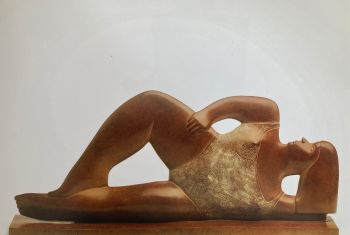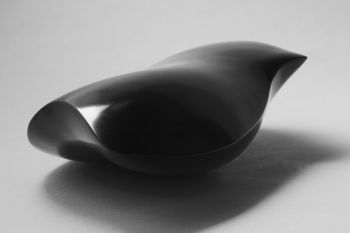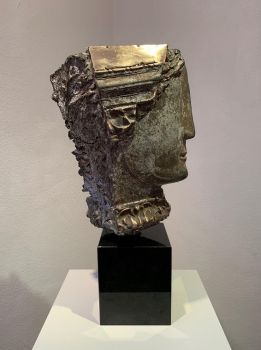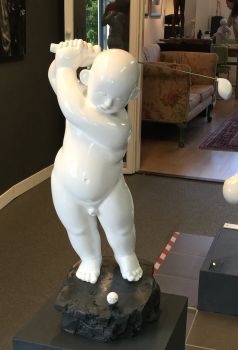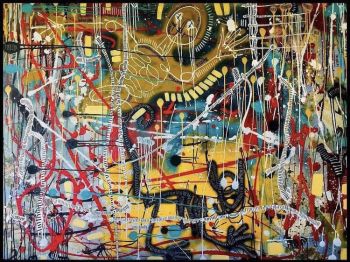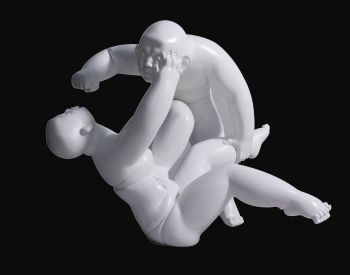More about installation art
Installation art also plays a vital role in expanding the boundaries of art, blurring the lines between different art forms and challenging the traditional categorization of art. Many installation works combine elements of sculpture, painting, performance, and other art forms, creating a unique and multi-layered art experience.
Another significant contribution of installation art to the history of art is its ability to engage with social and political issues. Many installation works are created in response to specific social and political events or issues, allowing artists to use their work to address and critique issues such as inequality, globalization, and environmental degradation.
Finally, installation art has played a crucial role in breaking down the traditional barriers between art and the wider public. Installation art is often created in public spaces, allowing people to encounter and engage with art in a more direct and personal way. By doing so, installation art helps to make art more accessible and relevant to a wider audience, democratizing the art experience and making it more inclusive.
In conclusion, installation art has played a crucial role in the history of art, transforming the way we think about art, space, and the viewer. Its ability to engage with social and political issues, break down traditional boundaries between art forms, and make art more accessible to the wider public, has had a profound impact on the artistic world. Installation art continues to evolve and develop, pushing the boundaries of what art can be and inspiring new generations of artists to create immersive and engaging art experiences.
Installation art is a relatively new and rapidly evolving art form that emerged in the late 1950s and early 1960s. It is a type of art that is created specifically for a particular space, often involving the use of three-dimensional objects, sound, and other sensory elements. Installation art is a highly immersive and interactive art form that has played a significant role in the history of art, transforming the way we experience and think about art.



